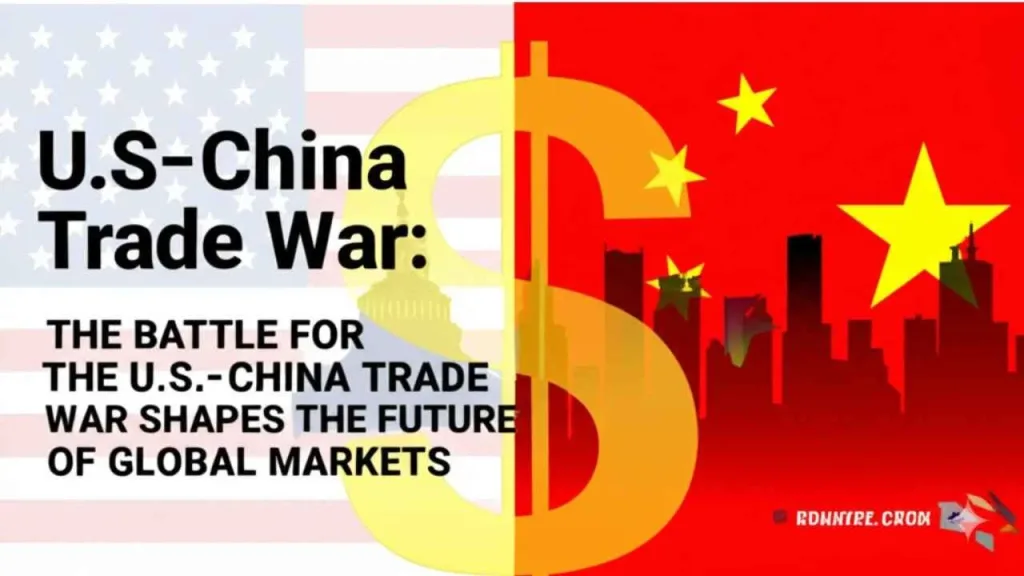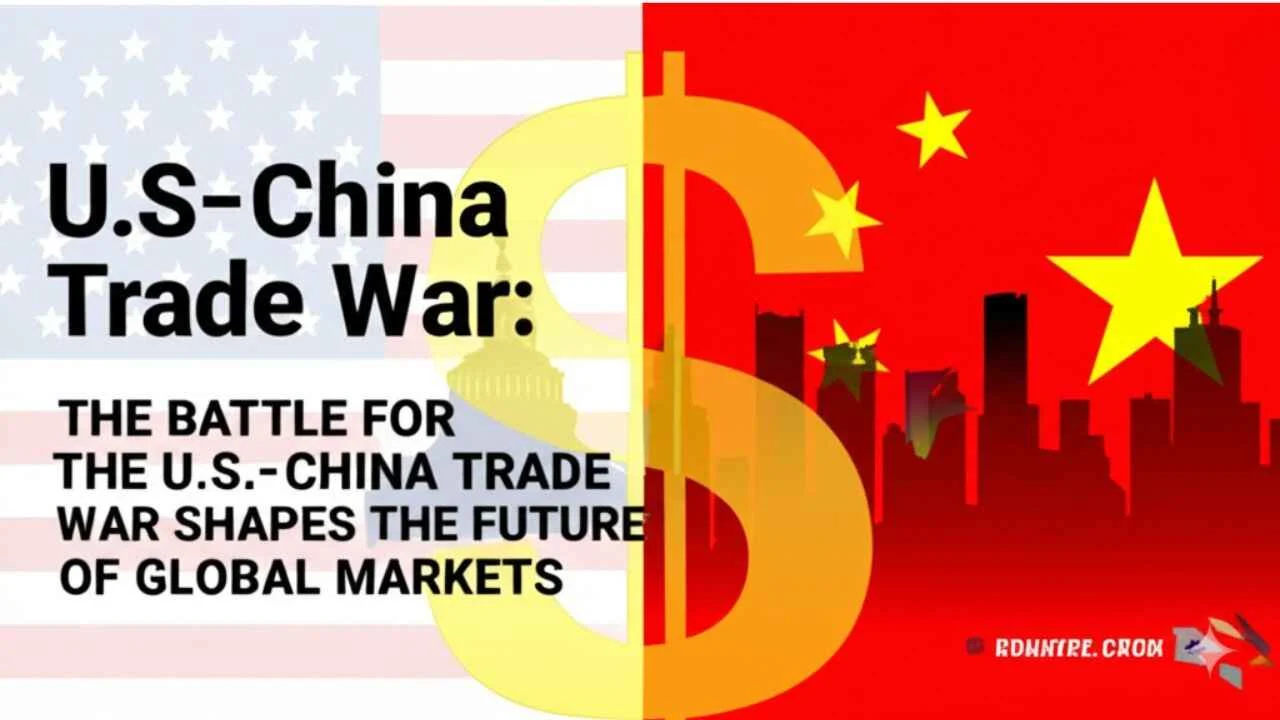The Genesis of the U.S.-China Trade War: Personal Grievances, Economic Ambitions
The U.S.-China trade war, a hallmark of former President Donald Trump’s tenure, is often viewed through the lens of tariffs, trade imbalances, and market protectionism. However, at its core, this conflict is deeply personal for Trump. His failures in the Chinese market, dating back to his attempts to expand his real estate empire in the early 2000s, fueled an animosity that would shape his presidency. In 2008, as the global financial crisis threatened to collapse his business empire, Trump sought out opportunities in China, seeing the country as a land of promise. Yet, despite over 130 attempts, Trump’s ambitions were thwarted, creating a deep sense of betrayal. This personal vendetta would later evolve into a broader political and economic narrative, positioning China not just as a competitor but as a challenge to America’s global dominance.
Tariffs as Tools of Economic Strategy: Reclaiming Global Power
When Trump ascended to the presidency, his personal disdain for China quickly intertwined with broader economic goals. The imposition of tariffs, widely criticized as protectionist, was actually an effort to recalibrate what Trump viewed as an unjust trade system. Underlying his decision was a broader objective: to reinforce U.S. sovereignty in global markets. With tariffs on Chinese goods, Trump aimed to make Chinese imports more expensive, thereby encouraging American consumers to turn to domestic products. While this strategy faced criticism from economists, it was consistent with his vision of reshaping U.S. industries—from steel to technology—by reducing dependency on foreign production.
The Technological Race: A Battle for Global Innovation
While the trade war was framed in economic terms, the stakes were much higher. The U.S. and China were not only contending for trade dominance but also vying for leadership in technological advancements. The rise of China as a formidable competitor in sectors like artificial intelligence (AI), 5G infrastructure, and semiconductors posed a direct challenge to America’s technological supremacy. Trump’s administration saw this as a critical battle, one in which controlling the flow of key technologies, such as semiconductors, would determine the future of global innovation.
The most prominent example of this struggle was the U.S. government’s push to curb China’s access to critical technologies, specifically targeting tech giants like Huawei. The rationale was clear: by restricting China’s ability to develop and deploy cutting-edge technologies, the U.S. could maintain its lead in the race for technological dominance. Yet, this strategy was met with a counterforce—China’s own tech ecosystem, spearheaded by companies like Huawei and Alibaba, which leveraged its immense manufacturing capabilities and innovative digital platforms to challenge the West.
The Ripple Effect: How the Trade War Reshapes Global Supply Chains
The ramifications of the trade war extended far beyond the U.S. and China. As tariffs increased and trade barriers were erected, global supply chains faced disruption. The agricultural sector, particularly American farmers, was severely impacted by China’s retaliatory tariffs on U.S. goods like soybeans and pork. For many, this created a paradox: while Trump’s actions were intended to protect American workers, the consequences were felt most acutely in the heartland, where industries reliant on Chinese exports faced economic strain.
Furthermore, the trade war prompted other countries to recalibrate their economic strategies. As U.S. manufacturers sought alternatives to Chinese imports, countries like Vietnam, India, and Mexico saw increased opportunities. The shifting dynamics in global trade illustrated just how interconnected the world’s economies are and how a single trade war could send shockwaves across continents.
The New Global Power Struggle: The Future of U.S.-China Relations

At its essence, the U.S.-China trade war transcended economic policy; it was a reflection of a deeper ideological struggle between two superpowers. While tariffs and trade barriers were the tools used to wage this conflict, the underlying aim was the pursuit of global dominance—be it through trade, technology, or geopolitical influence.
China’s rapid rise as a global economic power, coupled with its technological advancements, has positioned the nation as a formidable challenger to U.S. hegemony. The trade war, in many ways, is just the beginning of a broader contest for control over the future of global markets. For the U.S., the stakes are clear: maintaining its status as the world’s leading economic and technological power is paramount. For China, the battle is existential—the quest to assert itself as a global leader and secure its place in the new world order.
The Lasting Legacy of the U.S.-China Trade War
The U.S.-China trade war may have reached a phase of relative calm following the signing of phase one of the trade deal in early 2020, but its long-term implications are still unfolding. Both countries have been irrevocably changed by the conflict. The U.S. has shifted its economic focus toward protecting domestic industries and securing its technological advantage, while China has rapidly expanded its global reach, positioning itself as a major player in the digital economy.
As the world watches the next chapter in U.S.-China relations unfold, it is clear that this trade war is not just about tariffs or trade deficits—it is a battle for global economic supremacy, with lasting consequences for the future of the global order.
